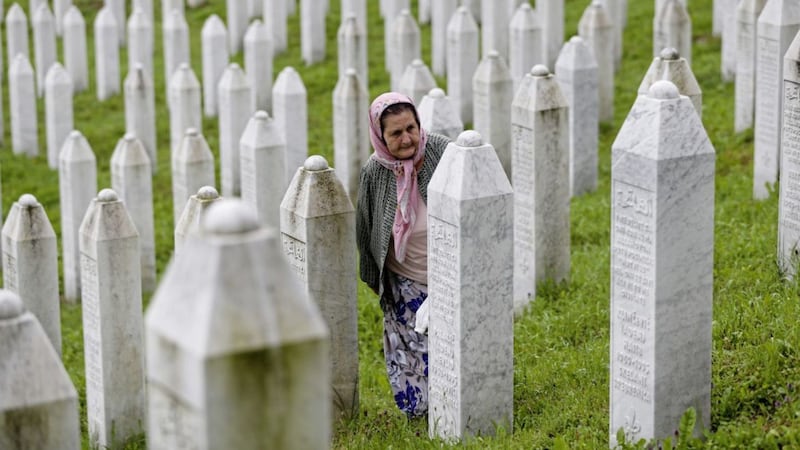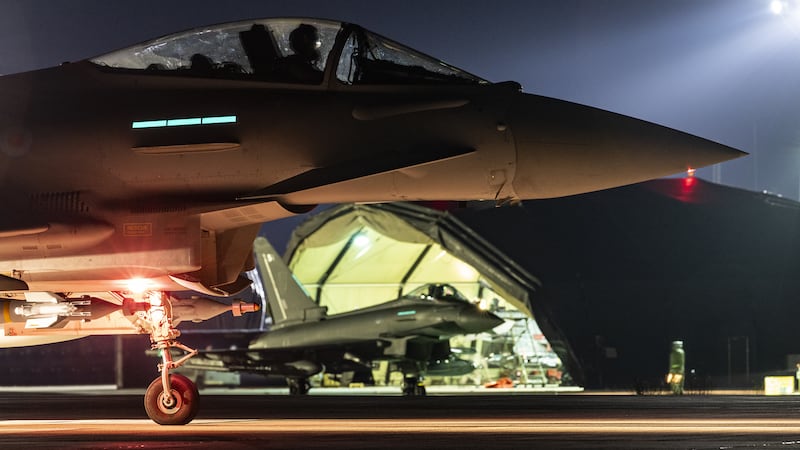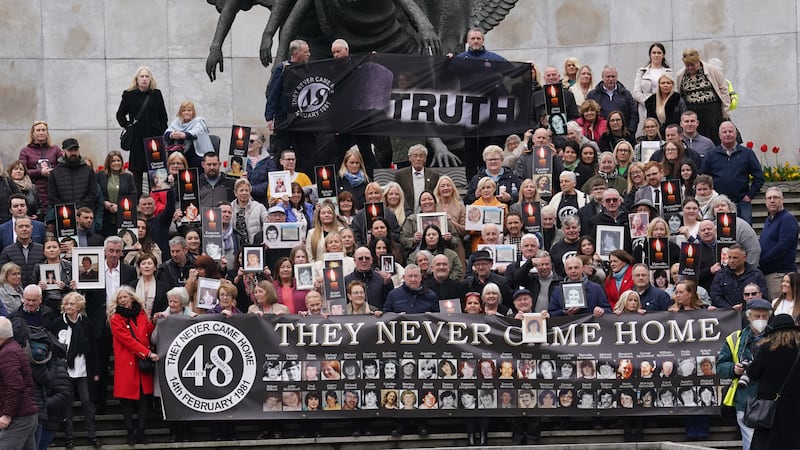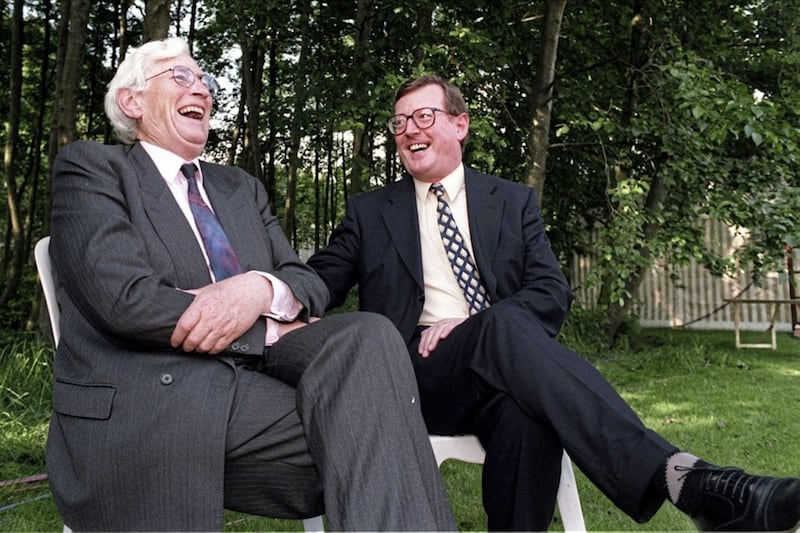THE tone of Nino Catic's voice told the journalists at Radio Bosnia and Herzegovina all they needed to know.
It should also have told the world. Except the world wasn't listening, or didn't care. It had turned its back.
"Srebrenica is turning into a vast slaughterhouse," said Catic, his words weighed down with despair.
"The killed and wounded are being brought to the hospital continuously," he continued, heavily.
"It is impossible to describe it. Each second, three deadly projectiles are falling on this town.
"Seventeen casualties have just been brought to the hospital, as well as 57 severely and lightly wounded people."
Then, the final indictment: "Will anyone in the world come and witness the tragedy that is befalling Srebrenica and its residents?"
Those words - laced with betrayal and helplessness, a plea for salvation - were broadcast on July 10 1995.
They were also to be Catic's epitaph.
He was an amateur radio operator in Srebrenica, and the last source of direct information for state media - and the outside world, if it had wanted to listen - about what was happening in the besieged town as Serb forces, led by General Ratko Mladic, tightened their grip.
By the time Catic made his last broadcast, the Dutch troops who were the United Nations peacekeepers in the area had already capitulated to Mladic.
Indeed, among the grotesque and appalling aspects - and there are very, very many - of the testimony from Srebrenica is how the Dutch UN contingent failed to protect the enclave and its people.
Nor did they disrupt the momentum behind Mladic's plan to perpetrate the genocide that would claim the lives of 8,372 boys and men - husbands, fathers, brothers, sons - before that bloody week was over.
Catic's story is one of several recounted by reporters from BIRN, the Balkan Investigative Reporting Network on the Balkan Insight website to mark this week's anniversary of the Srebrenica massacre.
Milenko Vockic, who was the radio station's director during the war, said that when he heard Catic's July 10 report, he knew there would be horrific casualties; a little later he knew that they included Catic himself.
"I lie down in bed and I get up with that sentence in my head: 'Srebrenica is turning into a vast slaughterhouse,'" his mother Hajra Catic says, 23 years on.
"I mean, it doesn't go away, I cannot forget it."
The story of the genocide filtered out to a wider audience once the first busloads of women and children arrived in the town of Tuzla, about 60 miles away from Srebrenica, on July 12.
Journalists reporting on the war were told how the Serb forces had separated men and women, with the women sent away on the buses while the men were taken to be shot and their bodies dumped in mass graves.
I lie down in bed and I get up with that sentence in my head: "Srebrenica is turning into a vast slaughterhouse." It doesn't go away, I cannot forget it
Thousands of men had attempted escape through the mountains, they said. Some eventually made it to Tuzla, stumbling towards safety as hollow shells of men, kept alive by hope and dimmed defiance.
Many perished on the 'death march', victims of starvation, illness and despair. Still others were hunted and shot by roaming bands of Serb soldiers.
Sometimes they wore UN uniforms, a gruesome deception designed to coax their prey into the open where they could be further humiliated, tortured and executed. In their hubris, the Serb troops filmed some of these murders.
Some of that footage is included in an incredibly powerful documentary called The Fog of Srebrenica, which was screened in Belfast this week as part of the commemorations of the atrocity.
As you might expect, it is a tough watch. But it is also a reminder of the power of storytelling.
The film includes contributions from survivors of the war. They include a Bosnian Muslim who wistfully remembers drinking plum brandy with his Serb neighbours before everything changed; a woman who appears only as an anonymous blurred image because she is still scared of the soldiers who raped her and who have yet to face justice; the former Bosnian soldier who has returned to Srebrenica to build his family life; the woman who lost all her male relatives and talks of taking pills to cope.
The scale of Srebrenica is of a completely different order to the Troubles. Yet there are resonances, and it is possible to perceive echoes of the Bosnian experience in our own stories.
Sadly, this includes the tragedy that we are still stumbling around in the mists of our own legacy fog.









